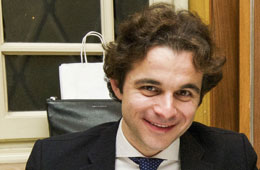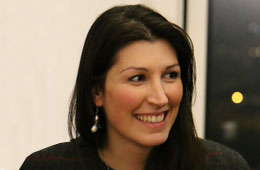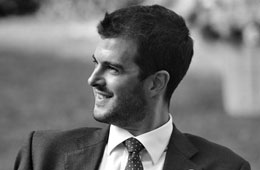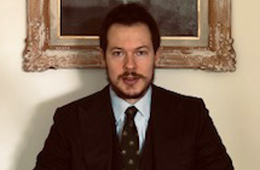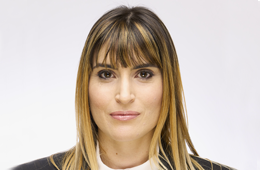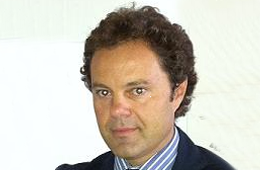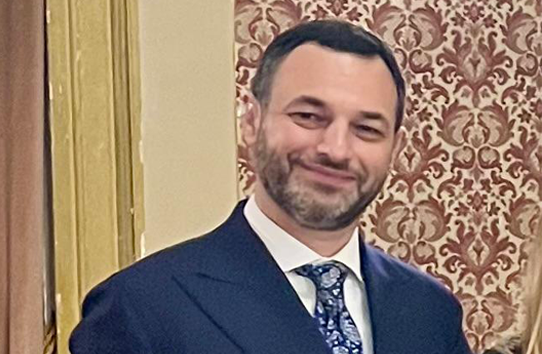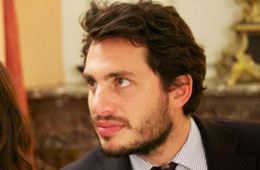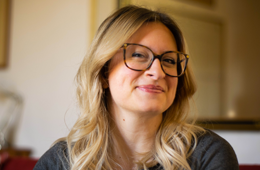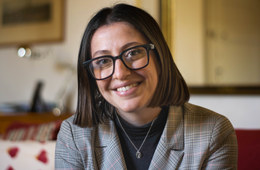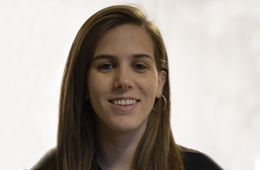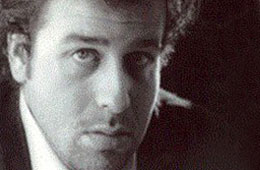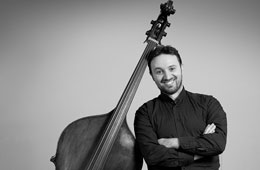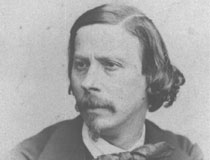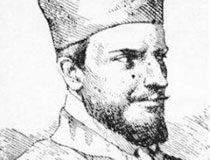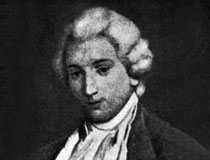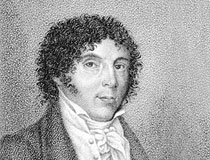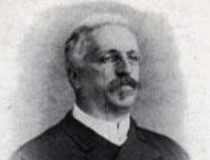ABOUT US
The Musical Association Giovanni Bottesini is born from the enthusiasm of young individuals from Crema, who love music and their city.
Crema boasts of an important musical history, which has expressed itself since 1600, thanks to figures such as Francesco Cavalli, Giuseppe Gazzaniga, Stefano Pavesi, Vincenzo Petrali and Giovanni Bottesini. Hence the desire to give value to the musical heritage of Crema by organizing excellent musical and cultural events of international value. Over the years, the Association’s efforts have increasingly been focused on the promotion of music and opera, with special attention to the supporting and discovering of new talents.
The association is non -profit ASP - Association for Social Promotion
Partners
 Mascarade Emerging Artists aspires to be the leading independent training and performance programme for singers and répétiteurs in the world. Working with an international network of opera houses and festivals, with Teatro La Fenice, our principal artistic partner, at its core, we aim to redefine the formation and promotion of young artists for the future.
Mascarade Emerging Artists aspires to be the leading independent training and performance programme for singers and répétiteurs in the world. Working with an international network of opera houses and festivals, with Teatro La Fenice, our principal artistic partner, at its core, we aim to redefine the formation and promotion of young artists for the future.
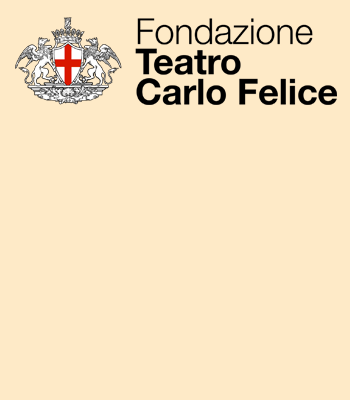 La Fondazione Teatro Carlo Felice è il principale teatro d’opera di Genova e uno dei più importanti d’Italia. L’orchestra del Teatro Carlo Felice ha una storia che inizia nei primi del ‘900 e neppure i bombardamenti del ’43 che videro il Teatro semi distrutto, ne hanno interrotto l’attività. Nel 1965 l’orchestra si strutturò in maniera organica e da allora ha continuato ad evolversi esaltando le qualità sia dell’orchestra nel suo insieme, sia delle parti solistiche. Sin dagli anni ’50 sul podio si sono avvicendati direttori di rilevanza internazionale: tra questi V. De Sabata, T. Serafin, V. Gui, S. Celibidache, H. Scherchen, J. Barbirolli, F. Molinari-Pradelli, C. M. Giulini, G. Prêtre, G. Gavazzeni e M. Chung, D. Oren, A. Pappano, C. Thielemann, D. Gatti, G. Bertini, J. Rozdestvenskij, R. Barshai, L. Maazel, Z. Mehta, K. Petrenko, B. Bartoletti, M. Honeck, D. Renzetti, H. Haenchen e V. Fedoseev. Nel 2012 Fabio Luisi è stato nominato Direttore Onorario, instaurando una costante collaborazione con l’orchestra. Numerose sono le incisioni registrate presso il Teatro Carlo Felice effettuate per le più importanti etichette. Con un repertorio molto vasto l’Orchestra del Teatro Carlo Felice di Genova si colloca a buon diritto fra le realtà prominenti nell’intero panorama nazionale, distinguendosi per produttività e versatilità anche grazie a una riconosciuta capacità di spaziare con pari successo tra generi e stili ampiamente diversificati.
La Fondazione Teatro Carlo Felice è il principale teatro d’opera di Genova e uno dei più importanti d’Italia. L’orchestra del Teatro Carlo Felice ha una storia che inizia nei primi del ‘900 e neppure i bombardamenti del ’43 che videro il Teatro semi distrutto, ne hanno interrotto l’attività. Nel 1965 l’orchestra si strutturò in maniera organica e da allora ha continuato ad evolversi esaltando le qualità sia dell’orchestra nel suo insieme, sia delle parti solistiche. Sin dagli anni ’50 sul podio si sono avvicendati direttori di rilevanza internazionale: tra questi V. De Sabata, T. Serafin, V. Gui, S. Celibidache, H. Scherchen, J. Barbirolli, F. Molinari-Pradelli, C. M. Giulini, G. Prêtre, G. Gavazzeni e M. Chung, D. Oren, A. Pappano, C. Thielemann, D. Gatti, G. Bertini, J. Rozdestvenskij, R. Barshai, L. Maazel, Z. Mehta, K. Petrenko, B. Bartoletti, M. Honeck, D. Renzetti, H. Haenchen e V. Fedoseev. Nel 2012 Fabio Luisi è stato nominato Direttore Onorario, instaurando una costante collaborazione con l’orchestra. Numerose sono le incisioni registrate presso il Teatro Carlo Felice effettuate per le più importanti etichette. Con un repertorio molto vasto l’Orchestra del Teatro Carlo Felice di Genova si colloca a buon diritto fra le realtà prominenti nell’intero panorama nazionale, distinguendosi per produttività e versatilità anche grazie a una riconosciuta capacità di spaziare con pari successo tra generi e stili ampiamente diversificati.
ORGANIZATIONAL CHART
Organization office
"From time to time the musical life in italian provinces brings pleasant surprise..."
Opera London
Artistic collaborators
Crema and music
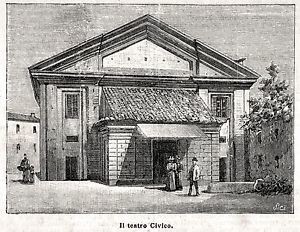 It is rare to find anywhere else a city which, in proportion to its size, has developed a musical culture on a level with that developed by Crema. It is enough just to think that by the middle of the 19th century, the city, though not exceeding ten thousand inhabitants, had given birth to three great musicians of international renown, that is, Francesco Cavalli at the start of the 1600s, Stefano Pavesi in the second half of the 1700s and Giovanni Bottesini in the first half of the 1800s; without forgetting many other musicians worthy of note, among them Vincenzo Petrali and Giuseppe Benzi.
It is rare to find anywhere else a city which, in proportion to its size, has developed a musical culture on a level with that developed by Crema. It is enough just to think that by the middle of the 19th century, the city, though not exceeding ten thousand inhabitants, had given birth to three great musicians of international renown, that is, Francesco Cavalli at the start of the 1600s, Stefano Pavesi in the second half of the 1700s and Giovanni Bottesini in the first half of the 1800s; without forgetting many other musicians worthy of note, among them Vincenzo Petrali and Giuseppe Benzi.
The passion of Crema’s citizens for theatre has distant origins. The first dramatic performance documented actually dates back to 1526 and took place in Palazzo Vimercati Sanseverino. From that moment, recitals and shows followed one after the other in the most important noble buildings in Crema, as was the custom of the era in many other Italian cities. Worthy of note is the staging, in 1595 at Palazzo Zurla, of “Il Pastor Fido” by G. B. Guarini, oft-quoted playwright of the period, which attracted people from all over Lombardy for the sumptuousness of the scenes, such that it received compliments from that very author.
For the creation of the first public hall used for the theatre, it was necessary, however, to wait until 1678 when a wing of the Palazzo Comunale was used to create a theatre with thirty-one boxes and stalls. But it was only with the construction of the new theatre in 1786, the work of architect G. Piermarini, that the city expressed its full social and cultural prestige. At long last, it had a real temple for lyrical opera and an exceptional setting for social and cultural events. In the two centuries that followed, in the “Piccola Scala”, as the theatre came to be known thanks to its illustrious architect, the works of the most important composers of the era were performed. It also staged the works of talented composers from Crema, such as “Bianca d’Avanello” by Pavesi, “Gimone Rethel” by Benzi and “Giorgio De Bary” by Petrali. Many artists who soon became famous in Italy and abroad began to emerge from this cultural hotbed, such as Luigi Manini (1848-1936) in pictorial art, scenography and architecture, and the singers Giovanna Calvi, Umberto Chiodo and Ranuzio Pesadori.
Unfortunately, in 1937, the Piermarini theatre was destroyed by fire and the flames swiftly extinguished that deep musical culture and tradition which had characterised the city in the preceding centuries. There were many reconstruction plans but on the verge of the Second World War, funds were lacking. It had to wait until 2000, a good 63 years later, for the city to be returned a true theatre, with the restoration of the convent complex of San Domenico. Today, the San Domenico Theatre represents an important theatrical entity for the city and has recently taken on the direction of the “Luigi Falcioni” Civic Musical Institute which has, since 1919, been the most important music school of the territory.
Composers from Crema
Besides Giovanni Bottesini, Crema gave birth to hugely talented musicians, known and appreciated across the world.


